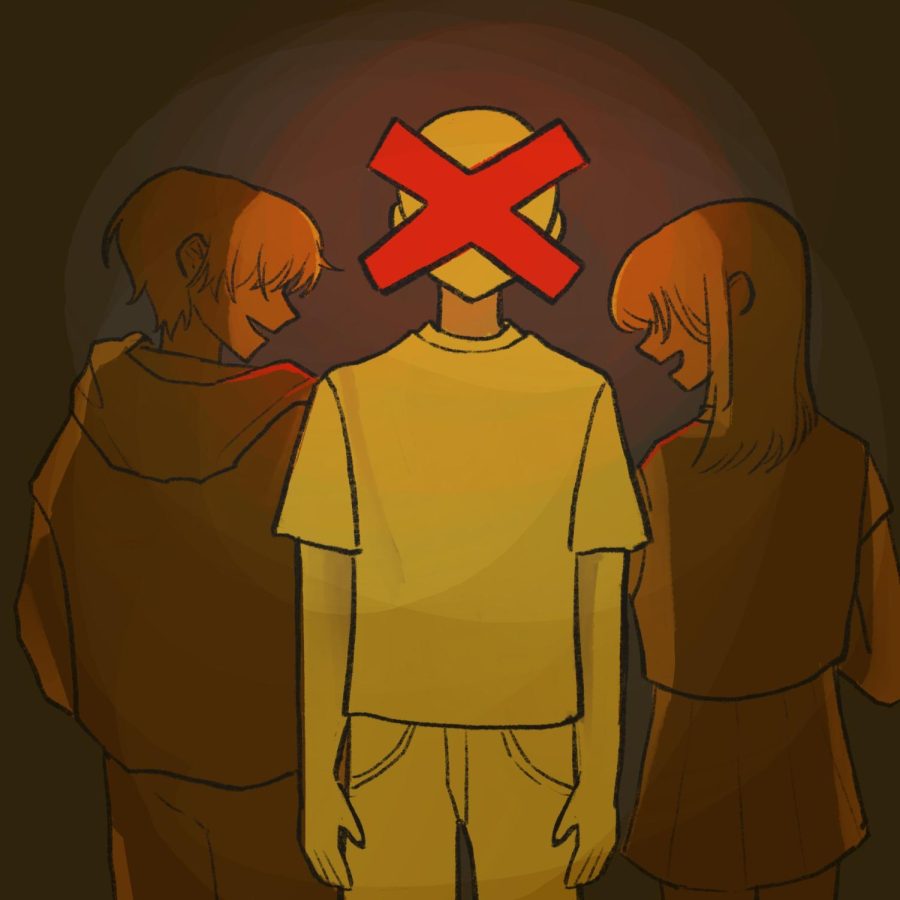Cancel Culture: How It Has Shaped Society
November 14, 2022
With the rise of MySpace in the mid. 2003s, many people were now able to come together on one platform worldwide. Cancel culture originated from the group canceling and getting someone off the internet or group shaming that stemmed from Twitter in the mid to late 2010s.
A definition of cancel culture from World Atlas is “the popular practice of withdrawing support for … public figures and companies after they have done or said something considered objectionable or offensive. Cancel culture is generally discussed as being performed on social media in the form of group shaming.” When using this definition, we are able to see that people who have been socially canceled based on one transgression might lose their jobs and careers.
Junior Akansha Anand stated that her definition of cancel culture was “herd mentality,” and that relative to real life or a small group setting, social media has “amplified the spread” of everything on the internet. With this being the case, herds travel in packs, and have safety in numbers. So when there is one person that commits a perceived transgression that another person or a small group does not like, the offended party will try to address the issue themselves, rather than calling someone in an authority position like a site moderator. This is where cancel culture arises: the feeling that people in power will not do anything of any impact against an offensive comment or action.
However, according to Psychology Today, “Ghosting is private, passive rejection, whereas canceling is vigorous, public, retaliatory rejection. … no presumption of ‘innocent until proven guilty.’ The canceler’s judgment that the transgressor is at fault is sufficient to trigger punitive action.” A downside of this punitive action is that anyone at any time can get canceled on the internet, which might lose them their job, their career, and reputation on the internet. This might cause them their entire salary, as most content creators and youtubers especially are dedicated to social media platforms and creating entertaining content so that their viewers and fans will keep watching on their channel or participating on their platform. Sometimes, when a creator says or does something controversial the people that hate on them, pounce on them and they will try to make that small act or phrase go viral enough that the creator will have to respond in some way or ignore it. One example of this is when a large creator, Tommyinnit, shared on Instagram in 2021. about choosing to go on plain steps rather than rainbow steps. The haters’ community of Tommyinnit then responded to this phrase and tried to bring it viral saying it was homophobic, transphobic, among other phobias. However, Tommyinnit’s fan base was too large to topple his reputation on the internet.
Sophomore Keira Soto stated that cancel culture is “when someone does something controversial and people on the internet attack them.” Soto also stated that “[Cancel Culture] completely screws someone over versus [call-out culture] just calling them out.” Definitions on the site medium agree that call out means “Call-Out Culture is when someone says or does something problematic, and subsequently faces criticism from people who disagree, or who want to correct them.” Where cancel culture has someone publicly shaming another entity or group, call out culture is just shedding light to an issue that may have been previously in the dark.
Cancel culture also affects bystanders, not just the person getting canceled. According to very well mind, “Instead of saying how they feel about an event or situation, bystanders may choose to remain silent. This can lead them to be weighed down with guilt long after the event or situation has passed … for not standing up for someone else when they had the chance.” This means that someone can get away with canceling because they have either too much internet clout or they inspire something that others do not wish to either cross paths with.
Senior Amelia Bowen states that in cancel culture, there are “no second chances, rather than just addressing [the problem like in call-out culture].” In comparison to call-out culture, cancel culture has this unsaid ‘no second chances’ rule that call-out culture does not have.
In a Simple Texting survey, the top three most toxic social media apps for Americans are Twitter, Reddit, and Facebook. Coincidentally, according to similar web, Twitter and Facebook are among the top four most-used websites in the world, behind Google and YouTube. Cancel culture creates echo chambers– places where no arguments are held, thus increasing the volume of one opinion more and more, much like a very acoustic gym reflects sound.
Freshman Brody Edwins stated that the top three social media platforms that have the most canceled people are “Twitter, Instagram, and Facebook” which are all in the top five for most-used websites. Most used is another way of saying possible echo chambers. With these echo chambers, all the same ideas are repeated over and over on numerous topics. Some such topics are politics, memes, and gaming platforms. However, with usernames and nicknames being an anonymous mask anyone can say anything, people can get their account banned, and just say the same stuff on another account, with a different name.
In conclusion, cancel culture has shaped society with the rise of social media bringing everyone everywhere closer together a lot faster. On the internet, there are many words for similar items, such as cancel culture, call out culture, and ghosting, which all are similar but not quite the same.






